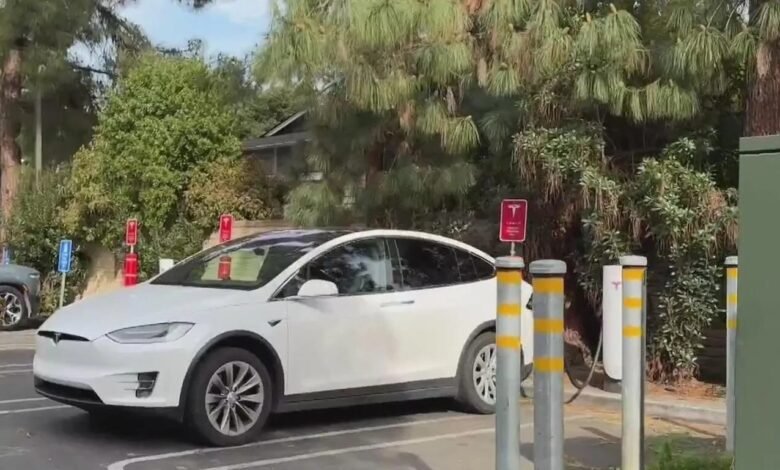When Backlash Grows: Understanding the Surge, Stakes, and Responses

Introduction
When backlash grows, it isn’t just a noise spike on social platforms it signals changing perceptions, damaged trust, and potential material consequences for organizations, public figures, and policy initiatives. Backlash typically begins as a reaction to an action, statement, or decision perceived as unfair, tone-deaf, or harmful. What elevates a reaction to a broader backlash are amplifiers: media coverage, influential endorsers or detractors, algorithmic virality, and pre-existing grievances that give momentum to dissent. For leaders and communicators, recognizing the difference between ordinary criticism and an expanding backlash is crucial: the former can be managed through dialogue and adjustment; the latter often requires urgent strategic assessment, transparent remediation, and a plan to rebuild credibility. This article walks through typical origins, the actors who expand backlash, the downstream effects on organizations and communities, and practical institutional responses designed to limit harm and restore constructive engagement.
Origins of the backlash: triggers and early signals
Backlash rarely appears from nowhere it almost always traces to identifiable triggers: a controversial decision, poorly worded messaging, perceived hypocrisy, or a policy that clashes with stakeholder values. Early signals include concentrated negative comments from influential nodes (journalists, activists, celebrities), organized calls for boycotts or petitions, and rapid sharing of a focal post or article. Understanding origins requires mapping context: what preceded the trigger, what tensions were already simmering, and which audiences feel most affected. An honest origin analysis separates legitimate grievances from opportunistic outrage, and helps identify whether the issue is primarily reputational (how people view an organization), operational (real harms caused), or symbolic (identity or values at stake). Organizations that track these signals in real time and that have pre-established crisis-playbooks are better positioned to choose proportionate responses rather than reacting impulsively and worsening the situation.
Who’s driving the backlash? actors and motives
Backlash is propelled by a diverse cast: grassroots activists, niche online communities, mainstream media, political actors, competitors, and occasionally, internal stakeholders. Motives vary: some actors respond from genuine grievance (seeking accountability or change); others amplify to gain visibility, score political points, or benefit commercially. Distinguishing primary drivers matters because it shapes response strategy. If the core concern stems from credible harm, remediation and compensation should be priorities. If the amplification is driven by opportunistic actors, responses can emphasize clarification, context, and targeted reputation repair. Analysts should also note network dynamics: a small, influential group can create outsized effects by mobilizing broader networks. Mapping these networks who shares what, and how narratives spread helps tailor communications and engagement tactics that address both the message and the medium of the backlash.
Consequences and ripple effects
When backlash grows unchecked, consequences multiply. Reputational damage can erode trust with customers, partners, and regulators; financial impacts may follow through lost sales, canceled partnerships, or investor unease. Internally, backlash often undermines morale, fuels turnover, and distracts teams from core work. On a broader cultural level, backlash can shift industry norms and expectations, forcing changes in policy or practice beyond the original target. It can also polarize public conversation, making constructive dialogue harder. Measuring ripple effects requires quantifiable and qualitative indicators: sentiment analysis, retention and sales metrics, stakeholder surveys, and media monitoring. Organizations that monitor these metrics can better prioritize investments for example, whether to double down on swift fixes, launch a longer-term reputation campaign, or invest in structural reforms to prevent recurrence.
How institutions respond
Effective responses to growing backlash combine speed with sincerity and a plan for accountability. Core principles include listening (genuinely understanding concerns), transparency (sharing what is known and unknown), proportionality (actions match the scale of harm), and follow-through (demonstrable changes, not only words). Practical steps include issuing an initial acknowledgment to buy time and set a tone, conducting an independent review if appropriate, engaging affected communities directly, and outlining specific corrective actions with timelines. Communications should avoid defensive framing or minimizing impacts; instead, they should show comprehension of harms and a commitment to remedy. For long-term resilience, institutions should invest in cultural audits, clearer governance, and training that reduces future missteps. Equally important is repairing relationships: partnering with respected intermediaries, creating feedback channels, and ensuring ongoing reporting on progress.
Conclusion
Backlash, while stressful and often costly, also contains information: it points to misalignments between actions and stakeholder expectations. Organizations that treat growing backlash as a prompt for careful listening, not only a crisis to extinguish, can discover blind spots and ultimately emerge stronger. The path from reaction to recovery is rarely linear; it requires humility, concrete reforms, and patient rebuilding of trust. By combining rapid response mechanics with long-term governance improvements, leaders can limit immediate harm and transform a negative episode into an opportunity for systemic improvement. The most resilient actors are those who accept responsibility where warranted, engage constructively with critics, and embed lessons learned into policy and practice so that future triggers have less power to spark widespread backlash.
FAQs
Q: What immediate step should an organization take when backlash starts to grow?
A: Issue a concise acknowledgment that you are aware of concerns and are investigating. This prevents silence from being read as indifference and gives you time to gather facts and plan a substantive response.
Q: How can smaller organizations that lack PR teams handle sudden backlash?
A: Small organizations should prioritize honesty, direct engagement with affected parties, and a clear corrective plan. Lean on trusted external advisors, use straightforward transparent communication, and focus on actions more than polished messaging.
Q: Is all backlash justified?
A: Not always. Some backlash stems from misinterpretation, misinformation, or opportunism. Still, dismissing it outright is risky prudent actors investigate claims, correct errors, and respond where harm exists.



